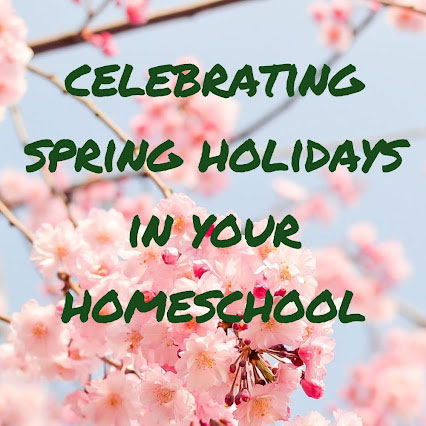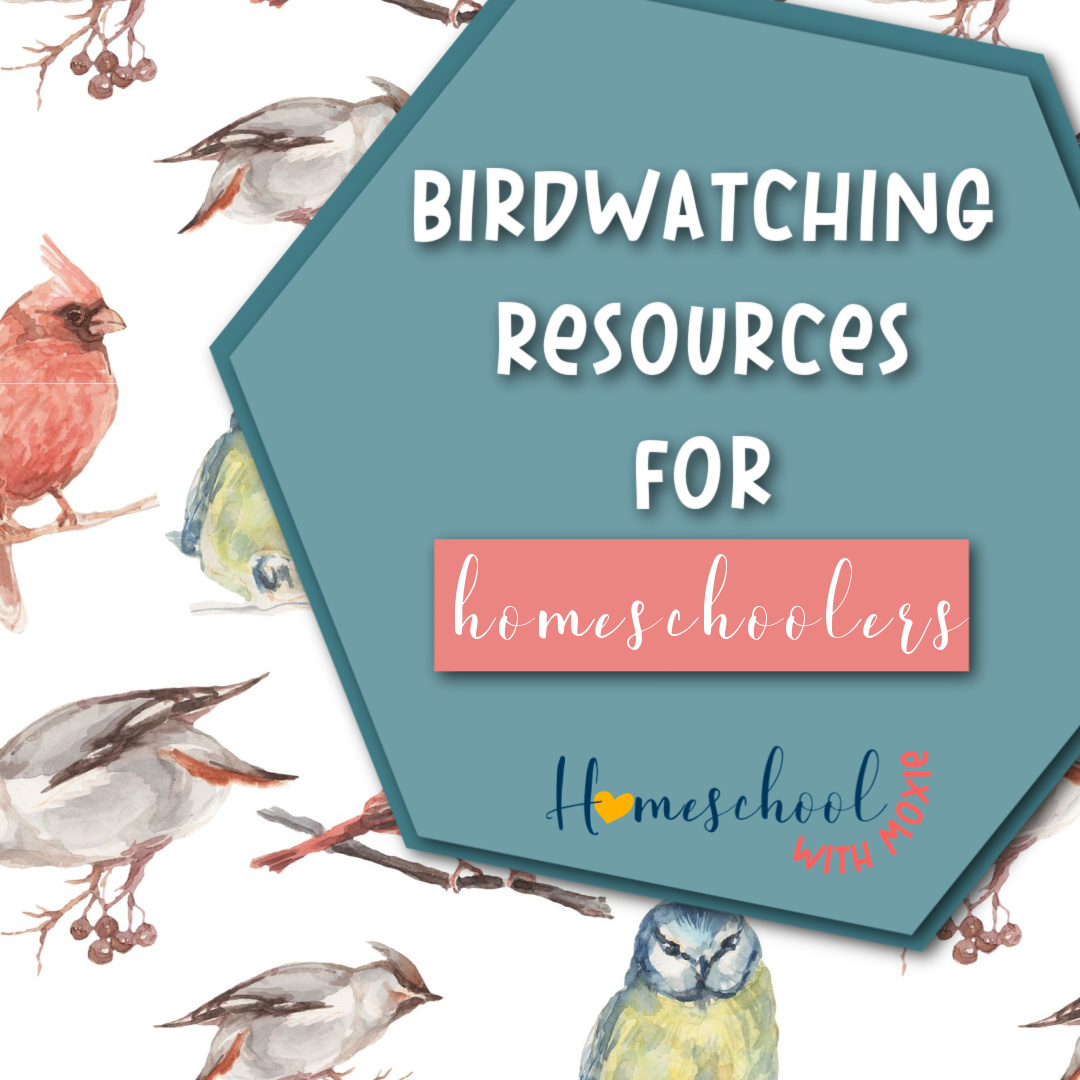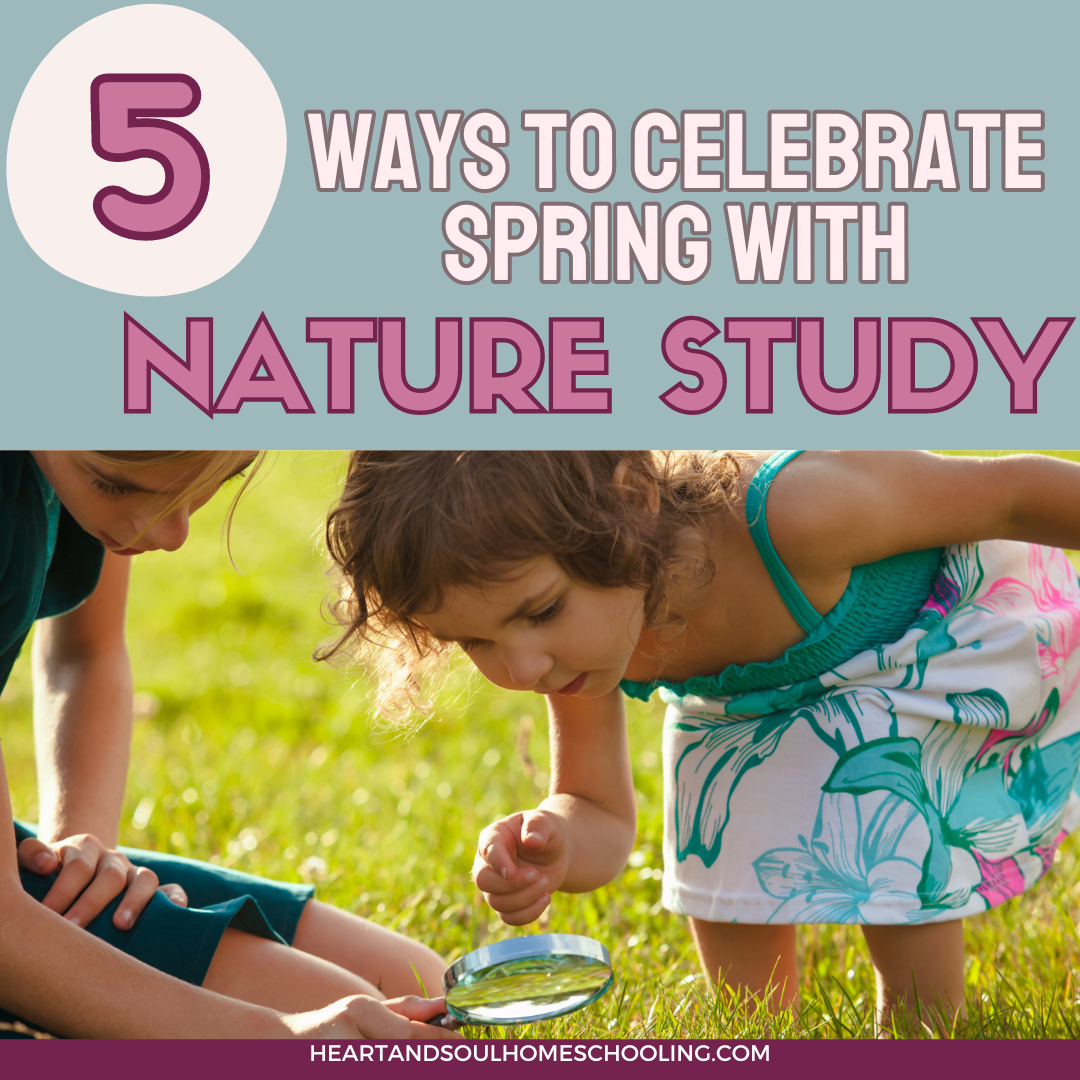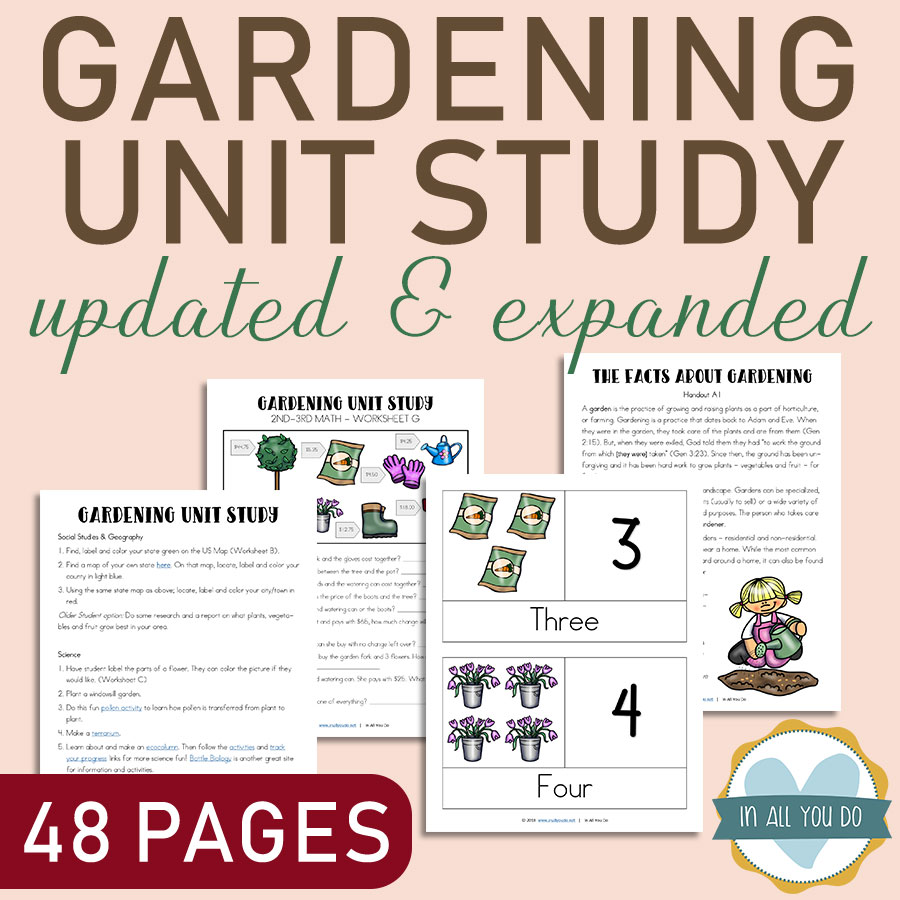Looking to add some birdwatching magic to your homeschooling? Check out these top-notch bird watching resources for homeschoolers. Dive deep into comprehensive guides, field observation tips, and helpful resources to make your bird studies a breeze.
Discover the world of feathered friends right from your backyard and bring a touch of nature into your homeschooling routine. Here’s to making birdwatching an educational journey the whole family can enjoy!
Plus scroll down to find more spring homeschooling resources from my homeschool blogging friends.

My posts contain affiliate links.
Benefits of Birdwatching in Homeschooling
There are lots of educational benefits to birdwatching! One of the best reasons to incorporate birdwatching into your homeschool is to help grow your child’s scientific observation skills. Your kids will learn to pay attention to detail, to have patience, and to apply methods of classification. These skills are useful in other scientific disciplines as well.
Adding to the scientific observation skills, learning documentation skills is also a valuable benefit of birdwatching. We’ll give you some resources for that below.
Your kids will also learn about various habitats, biodiversity, and ecosystems as they study birds. Plus, they’ll add to their geography knowledge and skills by studying birds and migration patterns. When kids study birds, they may become more interested in environmental conservation issues.
Finally, what kids don’t need some extra practice with patience and persistence as they wait quietly to observe specific bird species?
Let’s dive into some of the best birdwatching resources for homeschoolers.
Essential Birdwatching Resources
Yes, you can start birdwatching without many (or any!) resources at the start. But you’ll probably want to grab a few of the essential birdwatching resources we’ll mention below. Pssst… these make great birthday or Christmas gifts for your budding birders!
Field Guides for Birdwatching
Field guides are essential tools for helping kids to identify and learn about different birds. They are usually small and compact – perfect for on-the-go birding! Plus, their illustrations and photographs are invaluable.
Here are two highly-recommended field guides to check out.
- National Geographic Kids Bird Guide of North America by Jonathan Alderfer
- The Young Birder’s Guide to Birds of North America by Bill Thompson III
If you’re looking for digital birdwatching resources, here are two suggestions:
- Merlin Bird ID App by Cornell Lab of Ornithology: This mobile app uses artificial intelligence to identify birds based on photos. It also provides information about bird species, their behaviors, and sounds.
- eBird by Cornell Lab of Ornithology and National Audubon Society: eBird is a web and mobile platform that allows birdwatchers to record their observations, explore bird sightings globally, and contribute to citizen science. It provides a wealth of information about bird distribution and abundance.
In addition to these digital resources, here are a few apps for bird identification to add to your birdwatching resources for homeschoolers:
- Audubon Bird Guide: The Audubon Bird Guide app includes a comprehensive field guide for bird identification, featuring images, descriptions, and audio recordings of bird species. It also allows users to log their bird sightings and explore a vast database of bird information.
- iBird: Field Guide to Birds of North America: iBird is a comprehensive bird identification app with a large database of bird species found in North America. It includes detailed illustrations, photos, and information about each bird’s behavior, habitat, and songs.
- BirdsEye Bird Finding Guide: BirdsEye is an app designed to help birdwatchers find and identify birds in their local area. It provides real-time bird sightings reported by other users, helping birdwatchers locate specific species in their vicinity.
Binoculars for Birdwatching
Binoculars can be helpful for catching details of birds you might miss otherwise. But they can also be hard for young kids to use. Here are two suggestions for kids.
Celestron Kids Binoculars: These binoculars are designed specifically for children with features like easy-to-use focus knobs, durable construction, and a lightweight design. They often come in fun colors to appeal to kids.
Educational Insights GeoSafari Jr. Kidnoculars: Kidnoculars are binoculars designed for young children, featuring a focus-free design and large eyepieces. They are durable and suitable for little hands, making them a great choice for introducing kids to basic birdwatching or nature observation.
Books for Birdwatching
Here are three more books to consider adding to your homeschool library as your kids learn more about birdwatching.
- Birdology: 30 Activities and Observations for Exploring the World of Birds by Monica Russo: This book combines information about birdwatching with hands-on activities, making it an engaging resource for kids interested in birds and nature.
- The Big Book of Birds by Yuval Zommer: With colorful illustrations and an informative approach, this book introduces young readers to the world of birds, their habitats, and behaviors.
- Backyard Birds (Field Guides for Young Naturalists) by Karen Stray Nolting and Jonathan Latimer: This field guide is geared towards young naturalists, offering insights into common backyard birds with easy-to-understand information and illustrations.
DIY Birdwatching Activities
There are many DIY activities you can do for birdwatching in your homeschool. Here are just a few to get you started.
- Learn how to create a bird-friendly backyard environment
- Make DIY bird feeders and nesting boxes
- Keep a birdwatching journal (download ours in this post for FREE!)
- Participate in a birdwatching photo challenge
- Create your own bird identification cards
- Compile a feather collection
- Make a nature scavenger hunt
- Research one of the birds from your birdwatching and present your findings to friends or family
- Start a birdwatching sketchbook
- Create a bird habitat map
- Build a watering hole for birds
- Study bird migration tracking
- Make a seasonal bird calendar
- Start a birdwatching club
Integrating Birdwatching into the Curriculum
You can add birdwatching into your homeschooling in so many ways! Some of you are using traditional textbooks that already have sections about birds. You can simply add a few hands-on ideas or books from this post into your curriculum plan. You can align birdwatching with your normal science and biology homeschool lessons.
Others will want to craft a unit study or complete year-long study of birds. You can do this by gathering your resources, deciding on your learning goals and what you want your kids to know and do by the end of the unit. Check out our free unit study planning pack to get started – plus the birdwatching resources for homeschoolers in this post will be super helpful.
You can also incorporate art, writing, and other subjects into your birdwatching activities!
Check out our friends at UnitStudy.com for made-for-you unit studies that incorporate these other subjects seamlessly.
Birdwatching can be a lot of fun while also teaching your kids valuable skills! Make sure to download the FREE resources in this post to get you started with adding birdwatching into your homeschool plan.
More Spring Homeschool Resources
I’ve teamed up with some of my fellow homeschool bloggers to bring you some fantastic Spring themed tips, resources, and even a few FREEBIES. Be sure to check them all out below!


|

|
|

|

5 Tips for Navigating Spring Sensory Triggers for Neurodivergent Kids |

|

|

